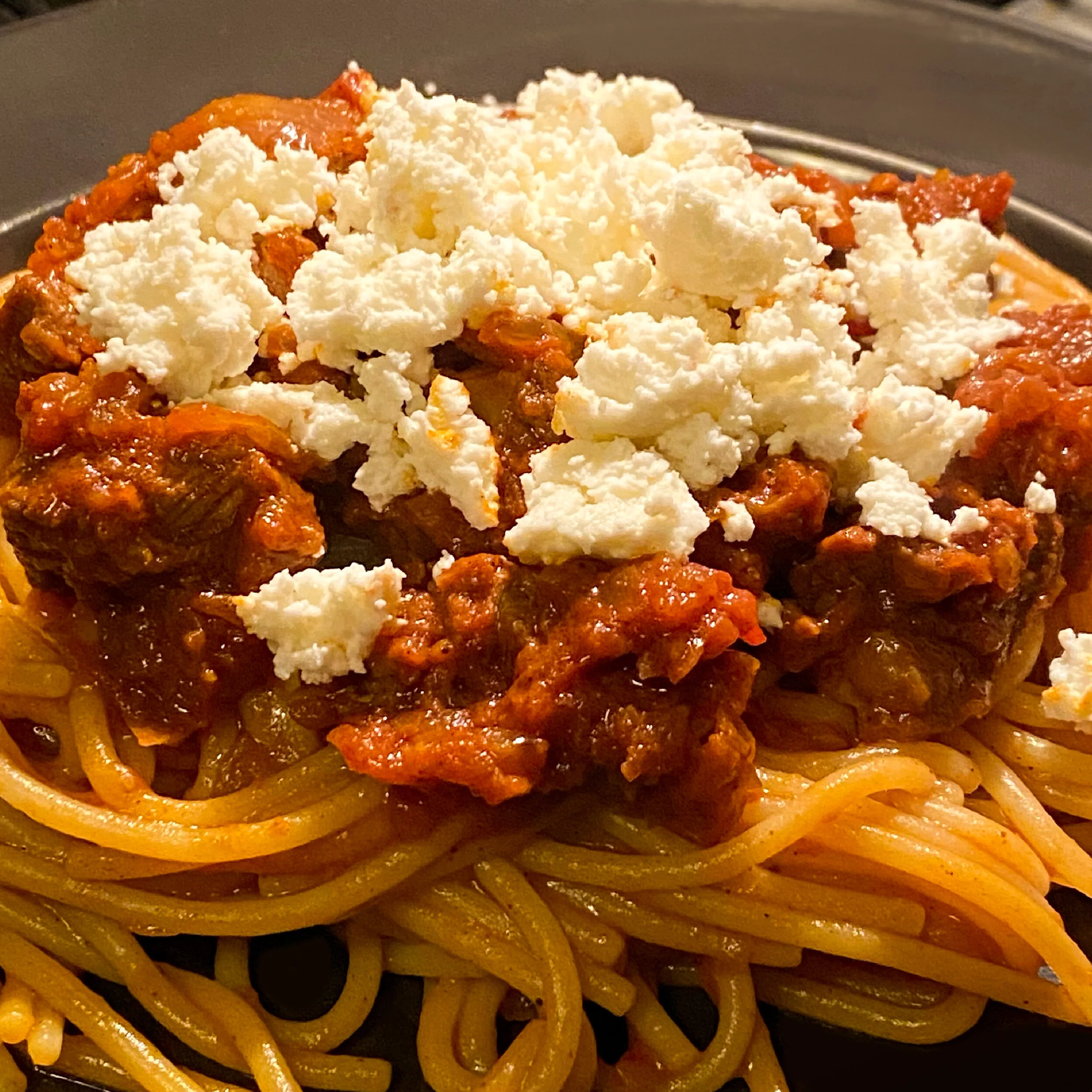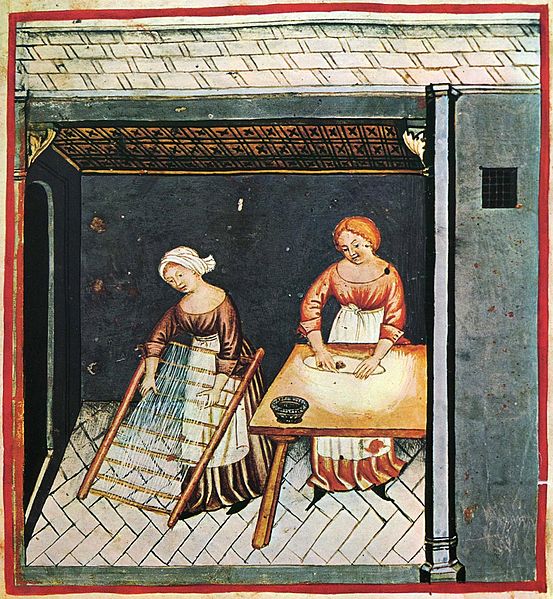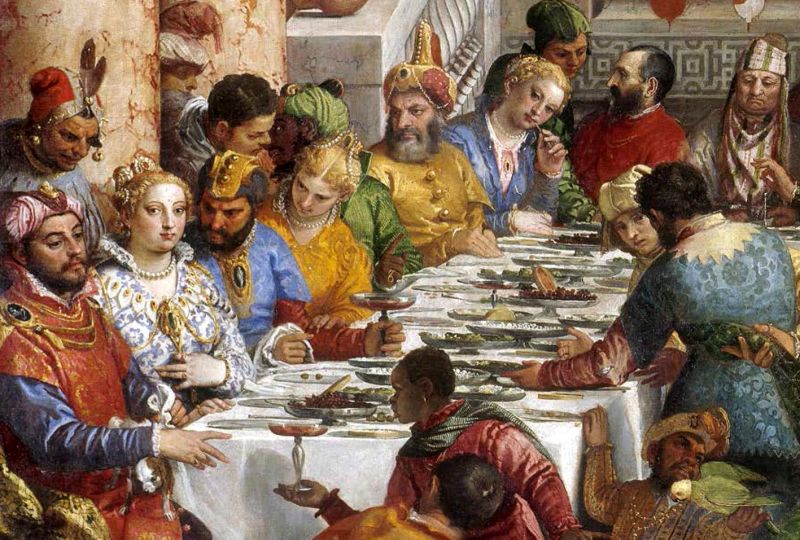Historical Italian cookbooks are collections of recipes that reflect the gastronomic fancy of those who could eat regular, varied meals with little regard to cost. But rather than being a record of real dietary habits, they represent what people of the age aspired to eat.
They do, however, allow us to make inferences about tastes and trends in culinary culture. Until the mid 19th century, most of these were written by cooks or stewards for other cooks, and are therefore rife with tacit understandings of the craft, leaving much investigative work for the curious practitioner historian who would like to recreate these dishes today. Each recipe is an interpretive challenge, requiring both theoretical and practical culinary acumen.
Recreating historic recipes allows us to enter into history by way of the senses. While engaging with the ingredients during the preparation, noting the aromas that waft through the kitchen as they cook, and finally abandoning yourself in the sensorial experience of the dish, albeit for a few fleeting moments, we can commune with the past, and live it in a dimension that is wholly different from reading about history, visiting monuments, or listening to period music. We ingest it, take it into our bodies and assimilate it. In a certain sense, we become one with history.
My approach in recreating historical dishes is somewhat like arguments about the best instruments on which to play Early Music. Players of the past used the newest and best tools available for their art. Early music concerts today elicit historical curiosity, but the fundamental purpose is to breathe new life into the music and create an enjoyable experience. My aim here is to interpret recipes through my knowledge of culinary history in combination with my practical skills to render scripts that will be replicable by others, who, like me, have a simple home kitchen.
As the original recipes are often bare sketches, the intrigue lies in deciphering the intention, determining how to adapt the techniques and equipment, and maintaining the integrity of the ingredients. My efforts lie in interpreting the recipes to achieve dishes that share gustatory verisimilitude with those of the past, without being slavish archeological projects. Through the ages, developments in agriculture, methods of procurement and storage, and preparation requirements have changed foodstuffs significantly, but just as we are able to fully appreciate Scarlatti or Vivaldi even when played on modern instruments and interpreted by contemporary musicians, so too I hope these dishes bring the joy of good food, as well as being a unique vehicle to travel back in time.
Most Recent Recipes









